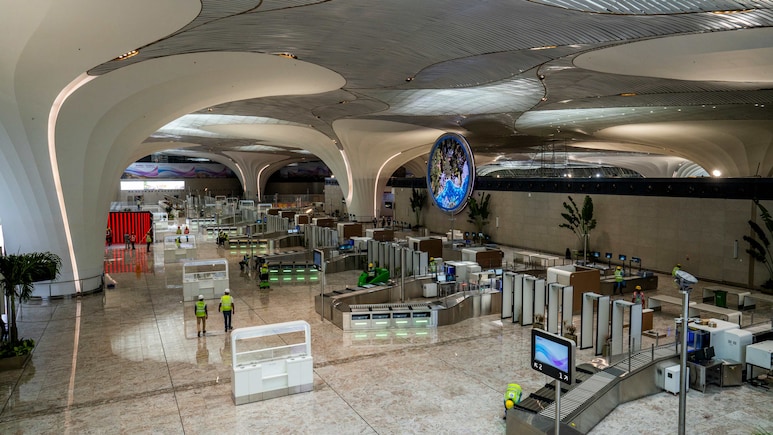
Prime Minister Narendra Modi inaugurated the long-awaited Navi Mumbai International Airport on Wednesday. Built under a Public-Private Partnership between Mumbai International Airport Ltd (a subsidiary of Adani Airports Holdings Ltd), and CIDCO (City and Industrial Development Corporation of Maharashtra Ltd), the Rs 19,650-crore project is designed by the late world-renowned architect Zaha Hadid's firm, Zaha Hadid Architects (ZHA).
ZHA's winning design, chosen through an international competition, draws inspiration from India's national flower, the lotus. The airport, envisioned as a modern gateway to India's financial capital, is expected to ease congestion at Chhatrapati Shivaji Maharaj International Airport.
Who Was Zaha Hadid?
Zaha Hadid was an Iraqi-born British architect renowned for her radical deconstructivist designs and contributions to contemporary architecture. Born in Baghdad, Iraq, she studied mathematics at the American University of Beirut before moving to London in 1972 to study architecture at the Architectural Association School of Architecture. In 1977, she joined the Office of Metropolitan Architecture (OMA) and later taught at the Architectural Association.
In 1980, Hadid founded her own architectural practice, Zaha Hadid Architects, in London. She died of a heart attack in Miami in 2016.
Zaha Hadid's Iconic Creations
Ordrupgaard Museum Extension, Denmark (2005)
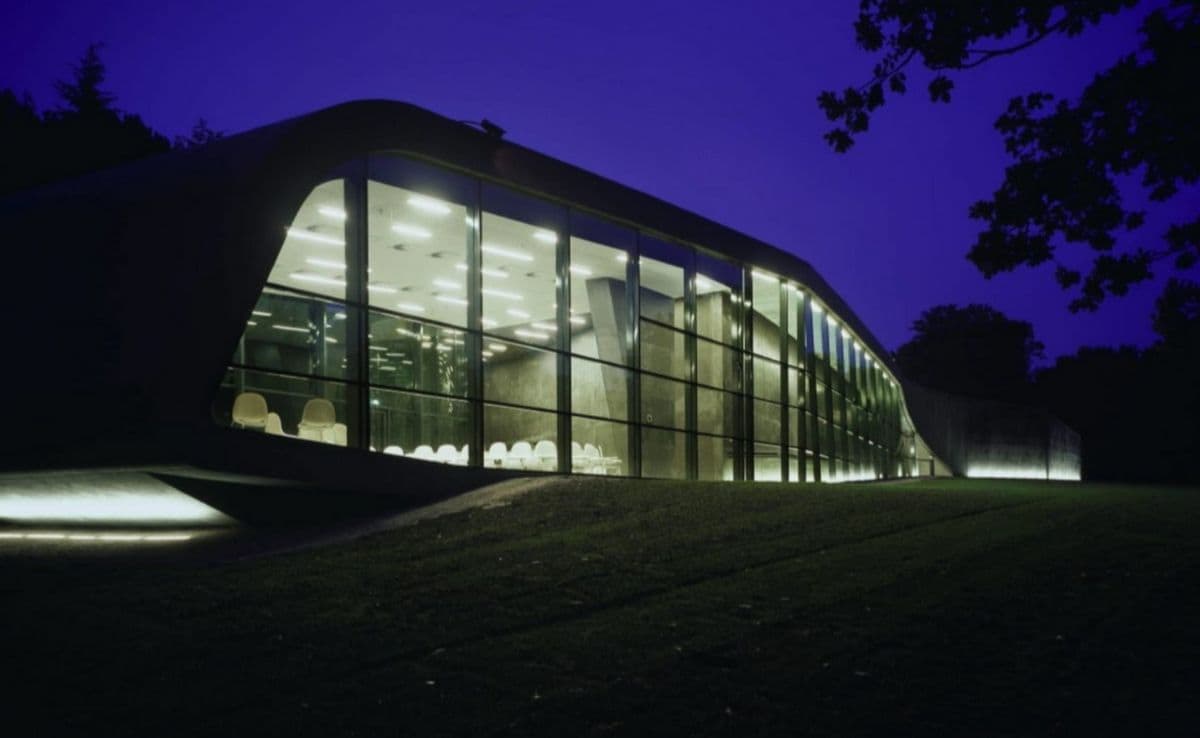
Zaha Hadid designed an extension for the Ordrupgaard Museum that features sharp, angular shapes. The black concrete walls match the nearby forest.
Riverside Museum, Glasgow (2011)
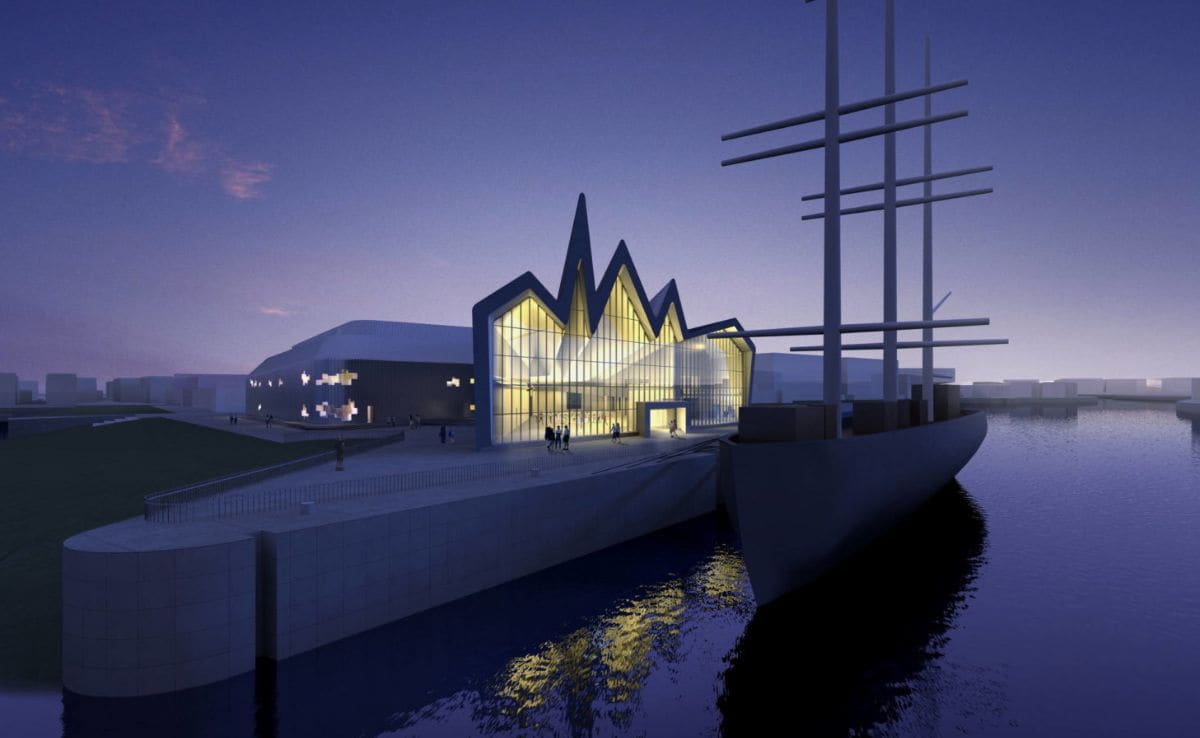
The Riverside Museum in Glasgow has a zigzagging roof that looks like it is moving. Inside, it showcases transport exhibits, and the large windows allow natural light to make the space bright and lively.
MAXXI Museum, Rome (2010)
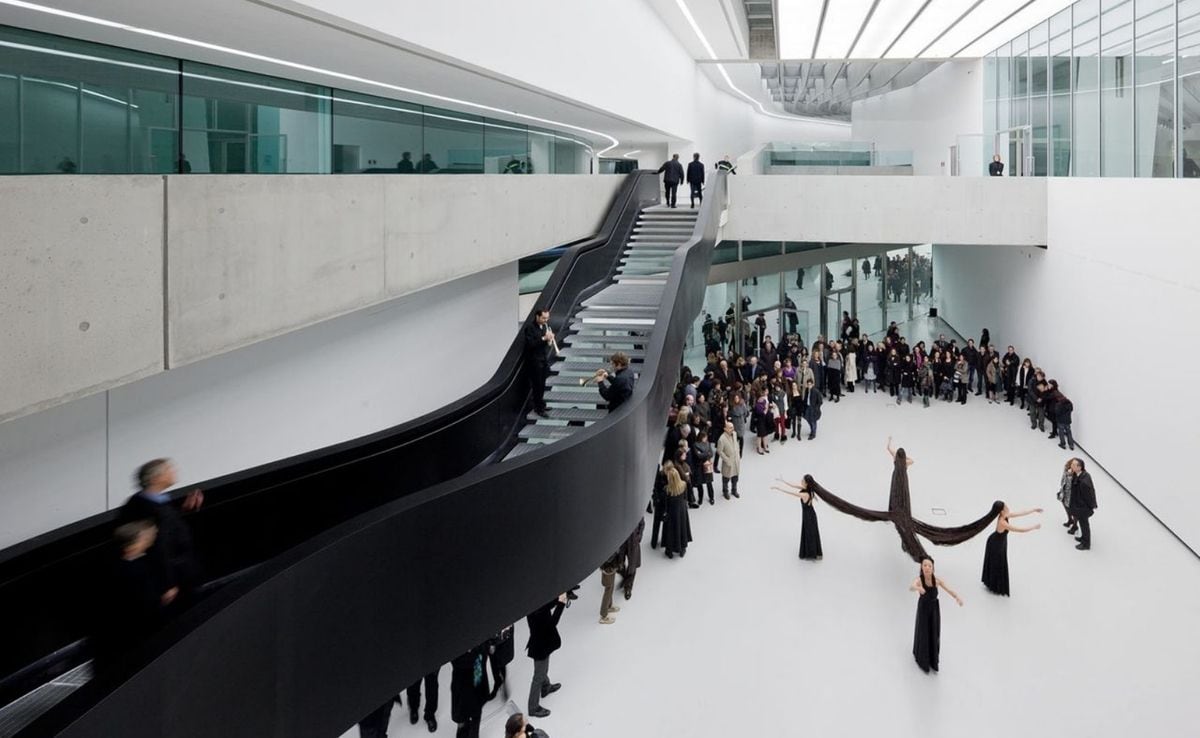
The MAXXI Museum in Rome is Italy's museum of 21st-century art. Its hallways and galleries flow into each other.
Guangzhou Opera House, China (2010)
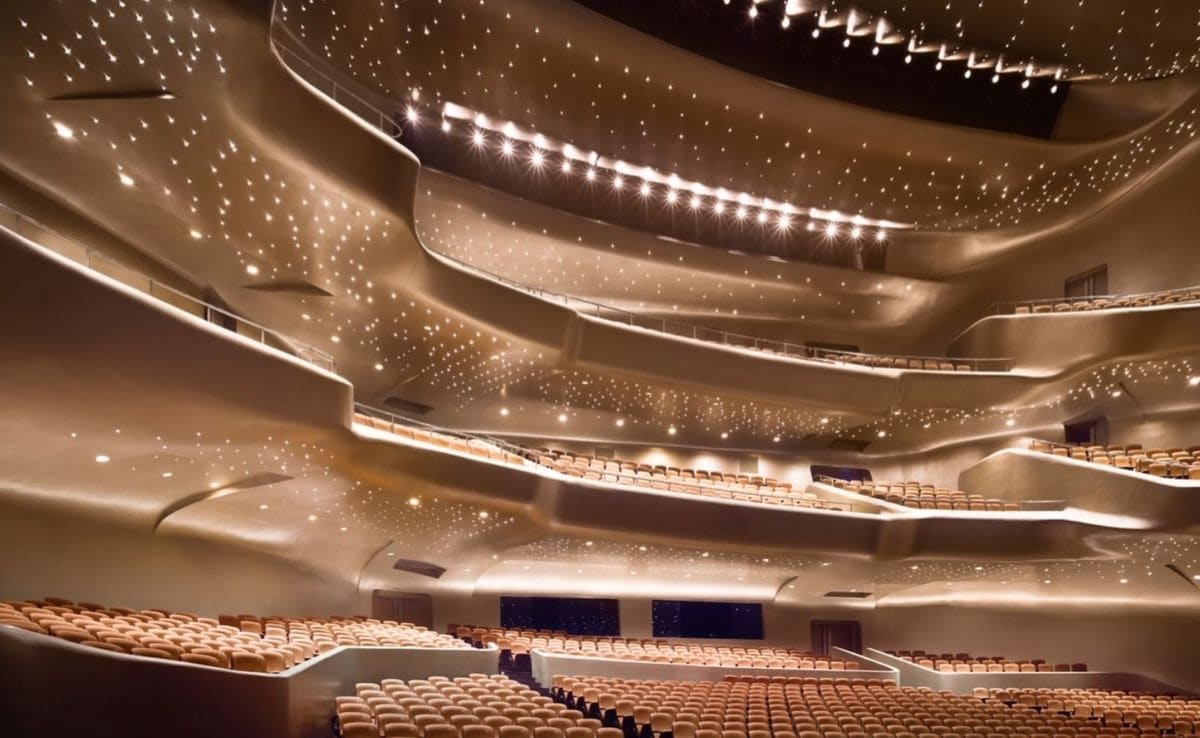
The Guangzhou Opera House has two curved structures made of glass and granite. It sits beside the river and is designed to look like it belongs in the natural environment while hosting world-class performances.
Sheikh Zayed Bridge, Abu Dhabi (2010)
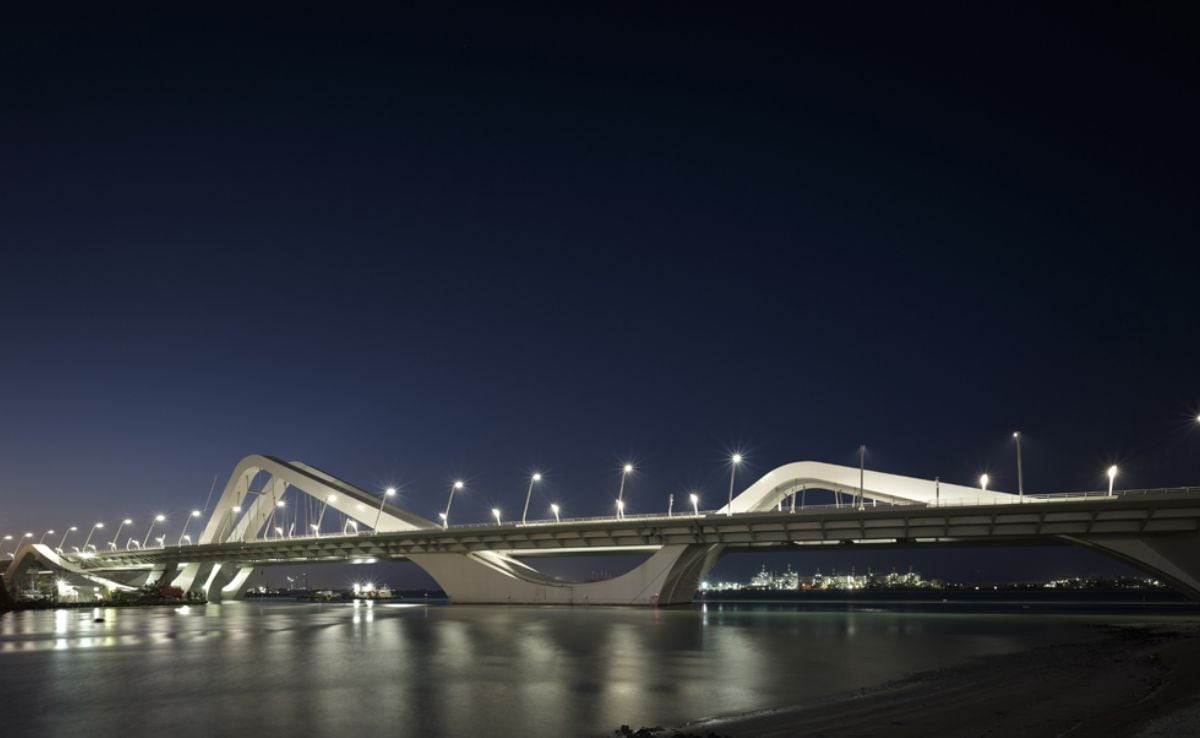
The Sheikh Zayed Bridge in Abu Dhabi has steel arches that curve like sand dunes. At night, the bridge lights up, becoming a glowing landmark, and it connects the city to the mainland.
Heydar Aliyev Center, Baku, Azerbaijan (2012)
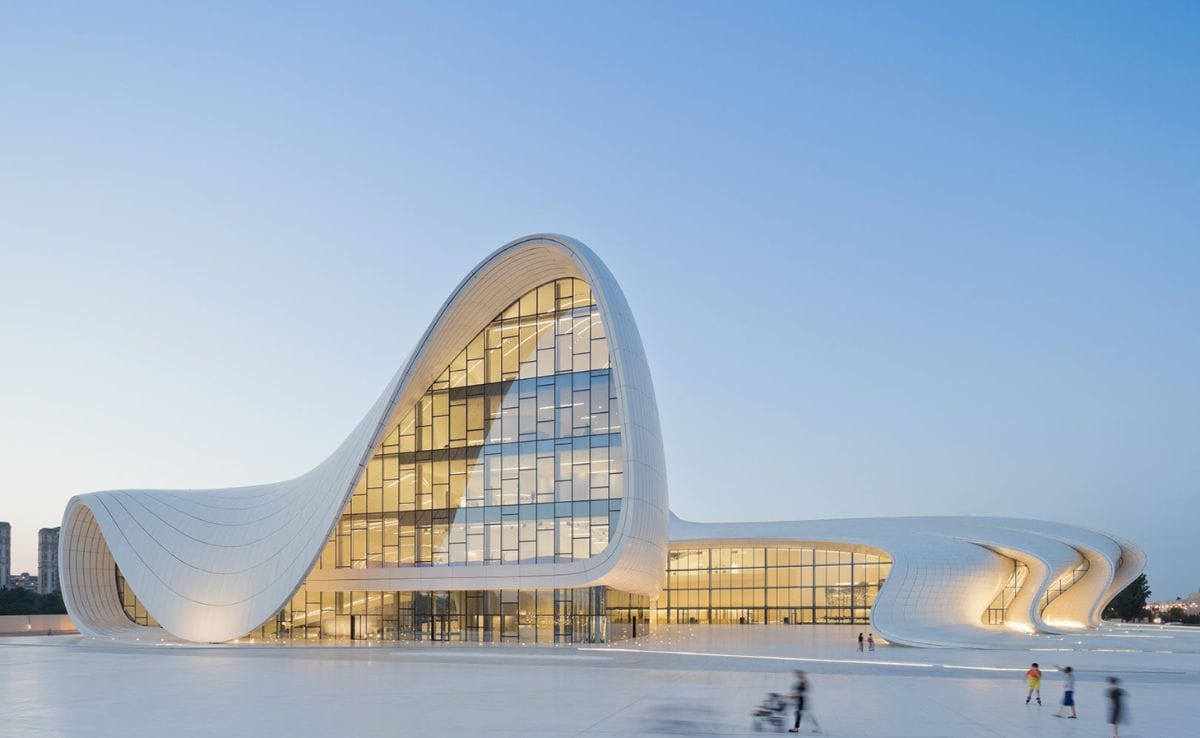
The Heydar Aliyev Center is famous for its flowing, wave-like shape.
Capital Hill Residence, Moscow (2011)
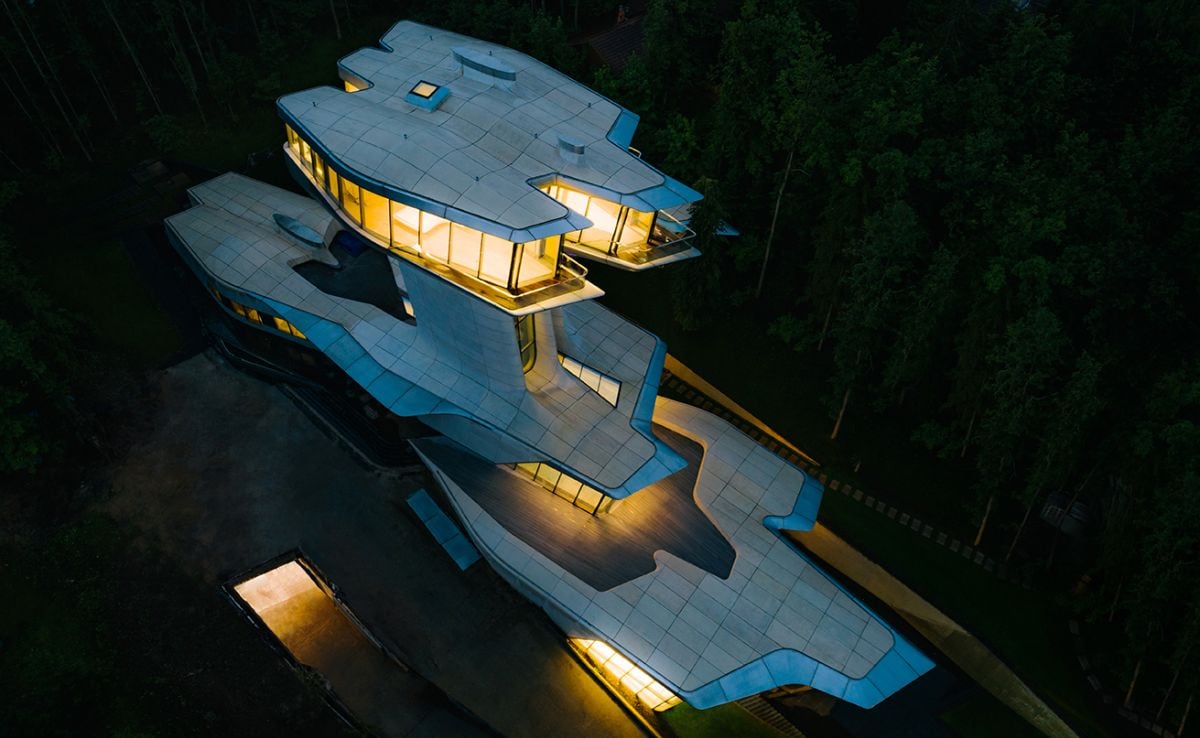
The Capital Hill Residence is a private home with futuristic shapes. It is built in a forest and has elevated and connected spaces, giving panoramic views while maintaining privacy.
London Aquatics Centre, UK (2012)
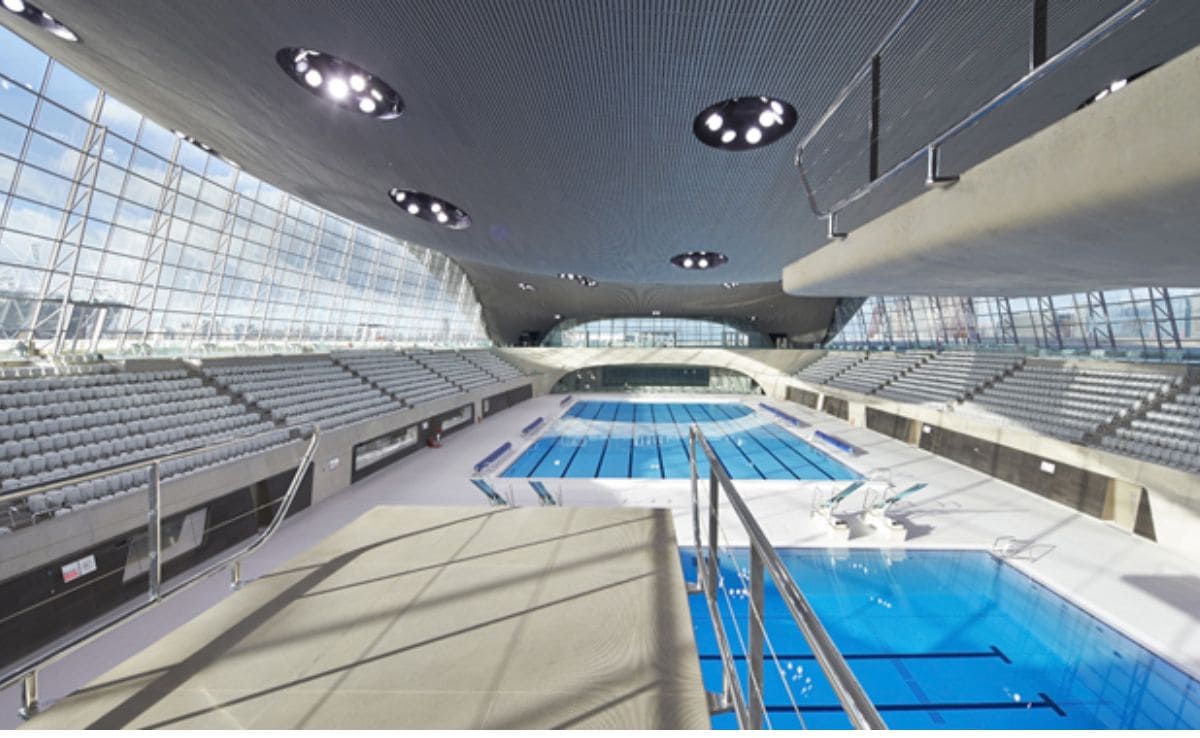
The London Aquatics Centre was built for the 2012 Olympics. Its roof looks like a wave, and the design allows a lot of light inside while keeping the space open and airy.
Port House, Antwerp, Belgium (2016)
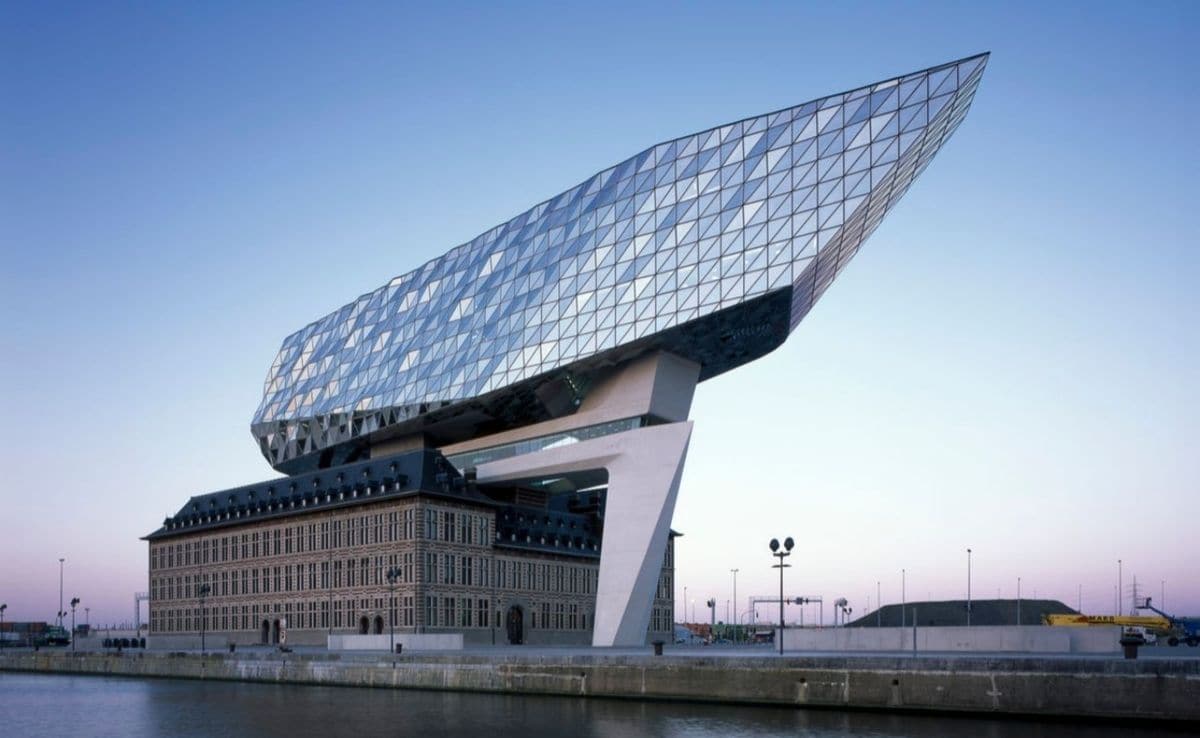
The Port House combines an old fire station with a new glass structure that looks like a ship's bow.
Galaxy SOHO, Beijing, China (2012)
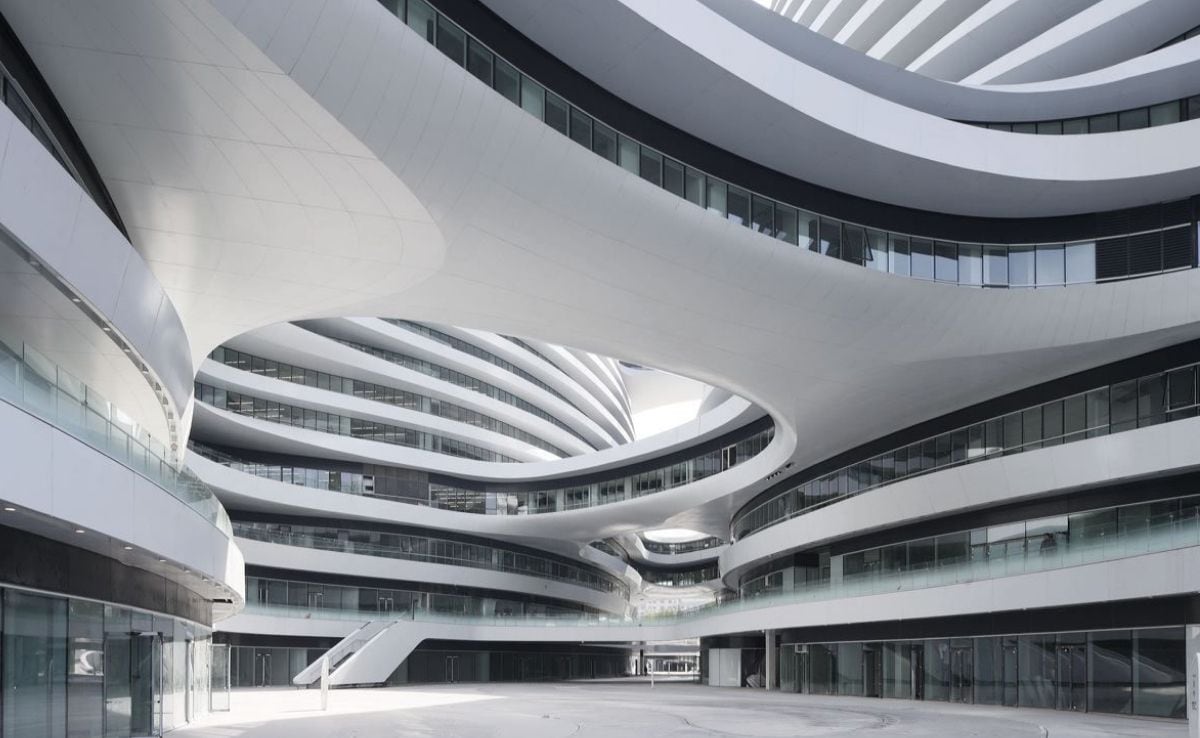
The office, retail and entertainment complex, known for its fluid form, is connected by bridges. The lower floors house shopping and entertainment areas, while the upper levels have workspaces.
Track Latest News Live on NDTV.com and get news updates from India and around the world

